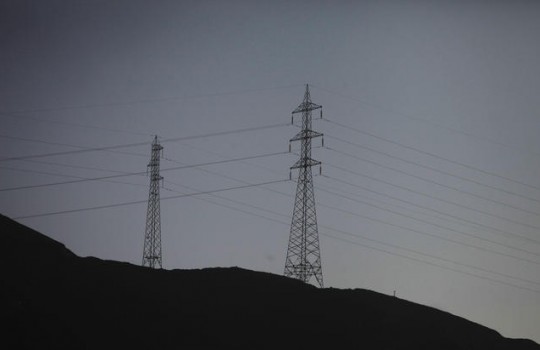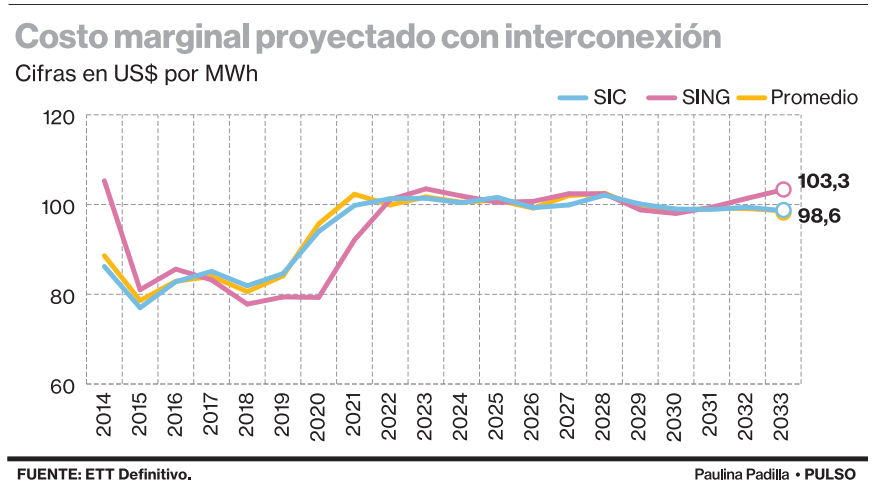
Estudio de Transmisión Troncal (ETT) recognizes the line of the subsidiary of the Franco-Belgian group Transmisora Eléctrica del Norte (TEN) as “under construction”, and therefore recommends using these assets to complete the interconnection of both systems.
CNE’s report recommends choosing Suez line to complete SING-SIC interconnection
-It was something that was expected, but still caused some surprise: the Trunk Transmission Study (ETT) directly recommended the interconnection SING-SIC with the assets under construction by Transmisora Eléctrica del Norte (TEN), the subsidiary of the Franco-Belgian group Suez.
In other words, Suez’s masterstroke in announcing the start of work on the line accomplished what the company was looking for: that is, to force it to join the ETT. Although the preliminary versions of the study -whose owner is the Mercados Interconectados consortium, composed of the companies KAS Ingeniería S.A., SIGLA S.A. and AF Mercados EMI S.A., which prepare it directly for the CNE- already included this project, the inclusion in the final report, which was released on Wednesday, gave the definitive clue.
This is a key input for defining the interconnection project of the country’s two major electricity systems, the SING and the SIC, a decision that is in the hands of the Minister of Energy, Máximo Pacheco, and which is expected to be made public next week at the latest.
“As a system interconnection project it is considered (in the ETT) the additional line presented by Transmisora Eléctrica del Norte (TEN), which was declared under construction in Annex 5 of the study bases. This project connects the CTM3 power plant from Mejillones to the SIC at the Nueva Cardones substation, through an energized HVAC (alternating current) line.
at 500 kV. The Consultant proposes that the interconnection between the two systems be carried out taking advantage of these facilities,” the document states.
The ETT also clears the doubt as to whether or not direct current (HVDC) is cheaper than HVAC, which corresponds to Suez’s plan. “In terms of the line as such, the continuous (HVDC) alternative is cheaper than the alternating (HVAC) alternative by more than US$150 million. However, the difference is not enough to cover the cost to be incurred for the converter station.
in the HVDC case, the amount of which exceeds US$700 million,” the text states.
Lower costs
The latest report from the consulting firm Systep states that the materialization of the E-CL project “would imply the postponement of any other interconnection project, including the alternative
originally proposed by the government. This, referring to the previous CNE administration, which proposed a project that connected at the Nuevo Encuentro substation -not in Mejillones- and that joined the SIC through a 500 kVDC HVDC line, unlike Suez’s plan.
“Maintaining two interconnection projects loses economic sense. The effect on marginal costs resulting from the energy-intensive entry of economic base energy implies a drop of between
US$ 7 and US$ 14 per MWh in the marginal costs of the SIC, with respect to the values projected a semester ago. The impact on marginal costs could be greater, but thanks to the SIC-SING interconnection the excess of economic energy is displaced to the SING, decreasing prices in this system in a range between US$14 and US$25 MWh with respect to the US$83 MWh averages previously projected for the 2018-2021 period”; it is added.






